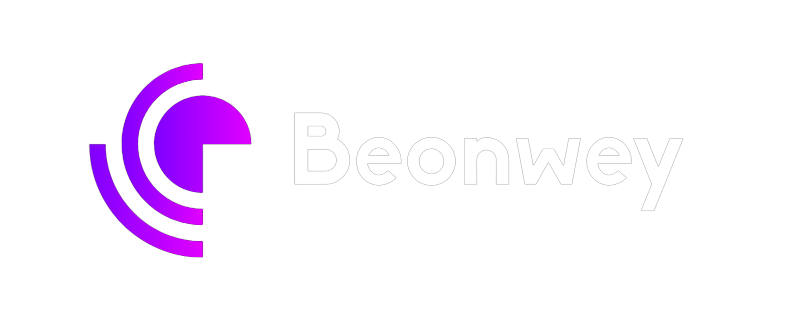In today’s digital age, social media is one of the most powerful tools for small businesses to connect with customers and grow their brand. However, creating a successful Social Media Marketing Plan can be challenging. That’s why we’ve put together this step-by-step guide to help you develop a social media plan that works for your small business.
Table of Contents
Benefits of Social Media Marketing Plan for Small Business
A proper Social media marketing offers several benefits for small businesses, including:
- Increased brand awareness: Social media platforms provide small businesses with an opportunity to reach a broader audience and increase brand awareness.
- Improved customer engagement: Social media platforms allow small businesses to engage with their customers and build a relationship with them.
- Increased website traffic: Social media marketing can drive traffic to a small business’s website, resulting in increased sales and revenue.
- Cost-effective marketing: Social media marketing is an affordable marketing strategy for small businesses, as it requires little to no cost to set up a social media profile.
Step1: Define your Social Media Goals
The first step in creating a Social Media Marketing Plan is to define your goals. What do you want to achieve with your social media presence? Your goals should be specific, measurable, achievable, relevant, and time-bound (SMART). Here are some examples of social media goals:
- Increase brand awareness
- Drive website traffic
- Generate leads and sales
- Build customer loyalty and engagement
- Provide customer service and support

Step2: Identify your Target Audience
The next step is to identify your target audience. Who are you trying to reach with your social media content? It’s important to have a clear understanding of your ideal customer’s demographics, interests, and pain points. This information will help you create content that resonates with your audience and drives engagement.
You can use social media analytics and customer data to gather insights into your target audience. Once you have identified your target audience, you can tailor your content to their interests and preferences.
Step 3: Choose the Right Social Media Platforms
Not all social media platforms are created equal. Each platform has its own strengths and weaknesses, and you need to choose the ones that align with your goals and target audience. Here are some popular social media platforms and their strengths:
- Facebook: Best for building brand awareness and engagement with a wide audience
- Instagram: Best for visual content and reaching a younger demographic
- Twitter: Best for real-time engagement and customer service
- LinkedIn: Best for B2B marketing and networking

Step 4: Develop Your Content Strategy
Once you have identified your goals, target audience, and social media platforms, it’s time to develop your content strategy. Your content strategy should include the types of content you will create, the frequency of your posts, and your brand’s tone of voice. Here are some tips for developing a successful content strategy:
- Create a content calendar to plan and organize your posts
- Use a mix of content types, such as images, videos, and blog posts
- Be consistent with your posting frequency
- Use your brand’s tone of voice to create a consistent brand identity
Step 5: Optimize Your Social Media Profiles
Your social media profiles are your brand’s first impression on potential customers. It’s essential to optimize your profiles to showcase your brand’s personality and value proposition. Here are some tips for optimizing your social media profiles:
- Use high-quality images and videos that align with your brand’s aesthetic
- Write a compelling bio that clearly communicates your value proposition
- Include a call-to-action (CTA) in your profile to encourage engagement

Step 6: Engage with Your Audience
Social media is a two-way conversation. To build a strong social media presence, you need to engage with your audience. Here are some tips for engaging with your audience:
- Respond to comments and messages in a timely manner
- Use social listening tools to monitor conversations about your brand
- Encourage user-generated content (UGC) to foster a sense of community
Step 7: Measure Your Results
To ensure the success of your social media marketing plan, follow these steps:
- Use analytics tools provided by each social media platform to monitor your performance.
- Keep track of metrics like engagement, reach, and conversions to measure your success.
- Analyze your data and use it to make adjustments to your strategy as needed.
- Continually refine your strategy over time to improve your results.
- Stay patient and persistent, as social media success takes time and effort.
Conclusion
In conclusion, social media can be a powerful tool for small businesses looking to connect with customers and grow their brand. By following these 7 steps, you can develop a social media marketing plan that works for your business and achieve your goals. Remember to stay flexible, adjust your strategy as needed, and stay up-to-date on the latest trends to stay ahead of the competition.
Thank you for reading our step-by-step guide to small business social media marketing plan. We hope you found it informative and helpful. If you have any questions or would like to learn more, please don’t hesitate to reach out to us on LinkedIn.


